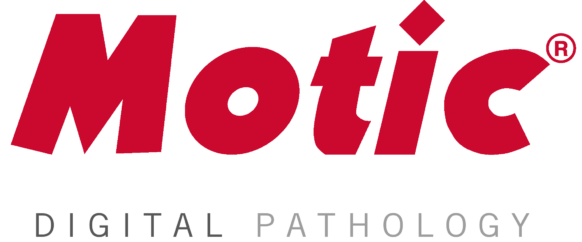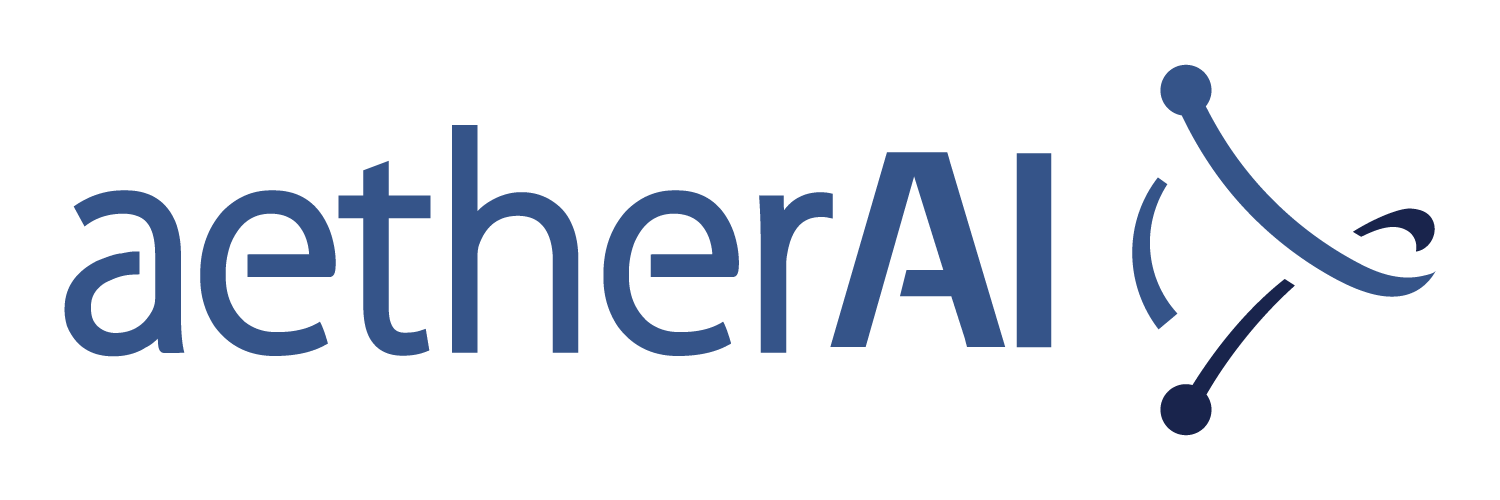Henry Ford surgeon treats patients from afar via computerized ultrasound linkupChristina Rogers / The Detroit NewsDETROIT — Trauma surgeon Dr. Scott Dulchavsky isn’t looking to take away from the adrenaline-infused thrill of climbing Mount Everest. He simply wants to ensure that those who make the trek to the world’s highest peak do so in good health. That was his charge last Monday when from his laptop back in the United States, Dulchavsky guided a group of Canadian alpinists through a physical check-up via a satellite link. The climbers, who at the time were nearly two-thirds their way to the summit, used a portable ultrasound machine — about the same size of a laptop — to scan parts of their body and send the images to Dulchavsky. "You get great images with zero training," Dulchavsky said as he demonstrated the machine using his own arms in his office at Henry Ford Hospital. As he did so, grainy white images of his wrist bones flashed on the screen. "We’re pushing the boundaries on what we can do with ultrasound." Chairman of the surgery department at Henry Ford, Dulchavsky is no stranger to extreme challenges. For the past 15 years, he’s helped pioneer new paths in telemedicine, a fast-growing sector of the medical field that allows doctors to confer with patients in far-flung locations using secure broadband connections. His patient roster includes everyone from Olympic athletes to astronauts manning the International Space Station. He’s also performed ultrasound scans on players of Detroit sports teams, including the Tigers and Red Wings. "Now, if Apolo Ohno goes off the short track, I can pull it up on my computer at Starbucks and say ‘uh oh’," Dulchavsky said of the Olympic speed skater. A Detroit native, Dulchavsky got his start investigating the use of ultrasound images in orbit when he linked up with the National Aeronautics and Space Administration in the early 1990s. There, he devised a system that allowed astronauts to conduct their own scans using the ultrasound wand and sending those images back to earth for doctors to view. Back then, he said, carting an MRI machine or CT scanner to outer space was no easy feat, so NASA turned to light-weight ultrasound machines, which render images by bouncing sound waves off internal body parts. For the astronauts, the discovery was a boon. "It turned out to be the most interesting and useful (experiment) that we’d performed," said Leroy Chiao, a NASA astronaut who’d worked with Dulchavsky from the International Space Station. "As we go farther into space, establish a base on the moon and go out to Mars, this remote diagnostic technique is going to be very useful." Telemedicine, the merging of medicine and telecommunications, is often used by emergency rooms and radiology departments to send images to a specialist off-site and by home health agencies and private doctor’s offices that may not have frequent face-to-face access to their patients. "Obviously, whether it’s in space or on Mount Everest or on the battlefield, those are the situations in which telemedicine is kind of natural," said Alice Watland, chief operating officer for the Washington, D.C.-based American Telemedicine Association. Much of Dulchavsky’s research takes place in NASA’s anti-gravity aircraft, often referred to as the "vomit comet" for its stomach-turning free falls. At the heart of his research is a 10-pound portable ultrasound machine which he gives to subjects, and via a video link, guides them on how to roll the wand over various parts of the body to examine broken bones and collapsed lungs. The anti-gravity aircraft allows him to probe how the ultrasound machine performs in weightless environs. In the long run, Dulchavsky envisions his research as having more down-to-earth applications. He is currently conducting research in rural Madagascar where a team of researchers plans to install ultrasound units and train personnel on how to use them to improve prenatal care for pregnant women. In August, he plans to attend the Olympic Summer Games in China to continue investigations on using ultrasound to monitor the health of competing athletes. And then, there’s Mount Everest, where he’s testing how the machine performs in high altitudes. On Monday, he linked with his subjects through his laptop. Using video, Dulchavsky showed the climbers how to move the ultrasound wand over the right and left side of the chests. His task was to check for a pulmonary condition that often surfaces in low-pressure environs. Asked whether providing medical care to climbers on Mount Everest might blunt the thrill of the life-risking climb, Dulchavsky, who is an avid snowboarder and pilot, simply shook his head. "If you had an elevator there," he said. "That may take some of the fun out of it." Find this article at: |
© 2023 Tissuepathology.com. All rights reserved. Millennial Consulting. | Web Design by Zealth Digital Marketing
































